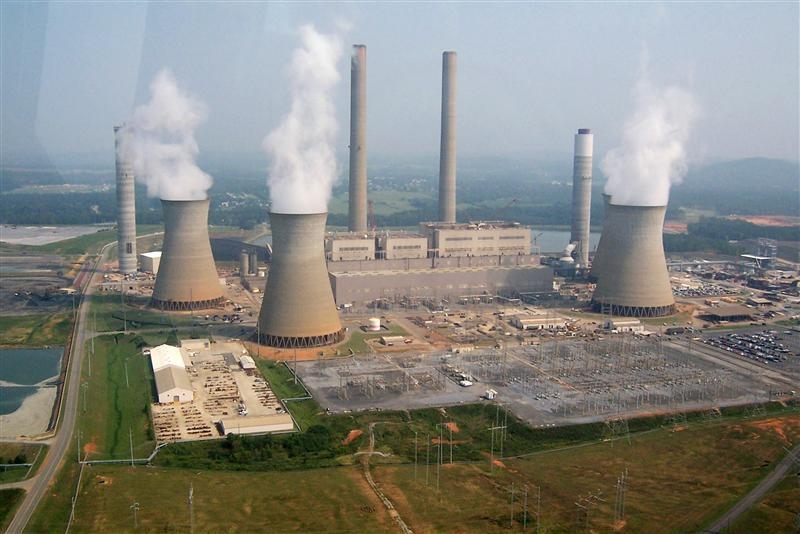London-based freelance political analyst, Tom Gomez, in this piece examines why South Africa will struggle to wean itself off coal despite recently signing the $8.5 billion Just Energy Transition Plan (JETP) at COP27. He also discusses how South Africa must overcome several challenges including breaking Eskom’s monopoly in the energy sector

Coal is the lifeblood of South Africa’s economy. It accounts for more than three-quarters of the country’s electricity generation and is a major export commodity. As of 2021, the coal mining industry employed close to 93,000 workers, with an additional 200,000 people employed indirectly in the coal value chain.
Given its centrality to the economy, it’s no wonder that the South African government has been loath to reduce domestic dependence on coal. But as the country’s energy sector comes under increasing pressure from the international community, and as renewable infrastructure becomes cheaper and more efficient, the question is how much longer can the status quo be maintained?
The answer, it turns out, may be a good deal longer than many observers think. While the South African government has made some progress in recent years in expanding the country’s renewable energy capacity, coal is likely to remain the dominant source of power for the foreseeable future.
Eskom, South Africa’s state-owned utility company, is a central player in the country’s ongoing dependence on coal. Eskom operates a fleet of coal-fired power plants that provide the vast majority of the country’s electricity. In 2021, Eskom announced the completion of a new mega coal-fired power station, Medupi. An additional station, Kusile, is still under construction, with full operation expected to begin in 2024. Once fully operational, the two stations will be among the largest coal-fired power plants in the world.
The Medupi and Kusile power stations are integral components in Eskom’s plan to expand capacity and meet growing energy demand across South Africa. But they also underscore the country’s dilemma in trying to balance its need for affordable and reliable energy with efforts to decarbonize its economy. South Africa is a signatory to the Paris Agreement, a global pact to combat climate change, and has committed to reducing its greenhouse gas emissions by 31% below ‘business-as-usual’ levels by 2030. But coal – the most carbon-intensive of all fossil fuels – still accounts for more than 80% of South Africa’s primary energy supply.
Today, South Africa is the world’s 13th-largest emitter of greenhouse gases. In order to meet its 2030 targets, the country will need to find a way to wean itself off coal – no easy feat, given the economic and political pressures it faces. For starters, South Africa’s power sector is in dire need of investment. Eskom, which is struggling under the weight of $24 billion in debt, is in the middle of reviving a decade-old turnaround programme to diversify the country’s energy mix. But it is facing an uphill battle. The utility has been plagued by years of mismanagement, corruption, sabotage, and technical problems. Aside from Medupi and Kusile, its power plants are old and inefficient, and its transmission and distribution networks are in urgent need of upgrading.
Unsurprisingly, the combination of supply constraints, mismanagement, and ageing facilities have made it basically impossible for Eskom to reliably meet South Africa’s energy demands. In recent years, the utility has been forced to implement regular load-shedding, a practice of purposefully cutting power to certain areas to avoid a complete grid collapse. In addition to causing a widespread loss of confidence in the government’s ability to manage the country’s energy sector, daily load shedding has had a devastating effect on the economy, stifling growth and driving up unemployment. In an October report, Eskom acknowledged that the country’s power sector remains in a precarious state, warning customers that load shedding will likely continue until 2027.
Eskom’s problems are compounded by the fact that it is the only game in town – there is no other utility in South Africa that can pick up the slack. The country’s power sector is heavily centralised, and Eskom has a monopoly on electricity generation and distribution. As a result, the utility has little incentive to improve its operational efficiency or invest in new renewables technologies.
Ultimately, despite years of talk about a “coal transition,” the South African government has been slow to act, in part because of the political and economic clout of the country’s powerful mining companies. But there are signs that this may be changing. Earlier this month, at the COP27 climate conference in Egypt, South Africa signed a landmark energy transition deal with France, Germany, the United Kingdom, the United States, and the European Union.
The $8.5 billion Just Energy Transition Plan (JETP) – the largest of its kind in Africa – will support the country’s efforts to decarbonise its economy and move away from coal. The deal includes funding for renewable energy projects, as well as investments in grid modernisation, electric-vehicle adoption, and power plant decommissioning.
The JETP is a sign that South Africa is beginning to take its climate commitments seriously. But it will take more than a single agreement to wean the country off coal. Eskom’s problems are deep-rooted and will take years to fix. In the meantime, load shedding is likely to continue, putting even more strain on an already struggling economy. Unless the government takes decisive action to reform the country’s power sector, South Africa will continue to struggle to meet its energy needs – let alone its climate commitments.
